We caught up with interior designer Vik Milan Pisipati a few weeks ago and have shared our conversation below.
Alright, Vik thanks for taking the time to share your stories and insights with us today. So let’s jump to your mission – what’s the backstory behind how you developed the mission that drives your brand?
Our environment has a direct connection to our mood and mental health. And no environment influences our day to day mental wellbeing more than our home. This may seem obvious, but what can be less obvious are the tools and techniques we can use to make our home a place that instills calm while boosting happiness.
Interior design is fundamentally about maximizing the function of a space in a way that is personal to its occupants, then layering in a unique and beautiful aesthetic. If the room doesn’t function for a client, I’ve failed as a designer no matter how good the room may look on a superficial level.
But what does ‘functional’ really mean? It was admittedly much more straight-forward pre-Covid. When I get home from work, do I want a space to read? A space to have dinner with my family? A space to entertain on weekends? Once the world went on lockdown, this paradigm shifted. For those fortunate enough to work remotely, ‘home’ now needed to include functional office space, a workout area, a place for virtual school – this list goes on and on. But most importantly, we needed our homes to be a refuge where we could process traumatic events and unprecedented change.
It’s no secret that the last few years have taken a toll on mental health across the board. I can personally attest to that – I’ve gone through struggles like many others and have had to make major lifestyle shifts to remain stable and productive as the world around me changes and evolves. As a designer, I also started to think more about how a home’s design can be optimized for mental health.
In 2021 I was fortunate to become a first time homebuyer – an experience that happened to overlap with one of the lowest periods of my life mentally. As I conceptualized and planned renovations to the house, I first thought about the colors, textures, and sentimental pieces that would bring me the most joy and comfort. After living with dust and debris throughout a year-long renovation, I wanted the final product to be clean, uncluttered, and bright. Painting the main living space and master bedroom white was a top priority, maximizing the bright and fresh aesthetic. Next I layered in colors that sparked joy – in my case, pinks, turquoise, and natural shades of green and tan.
As my house took shape, I did a lot of self-development work in parallel that included seeking help and embracing vulnerability. The product of this experience was becoming more stable, more resilient, and more energized. The correlation between my house’s aesthetic and my mental health is critical – but the specific elements that make me happy are also very individual to my own preferences.
This experience was transformative enough that I’ve refocused my design approach to first focus on the moods and feelings a client wants their home to evoke. We then talk through functional requirements, space planning, color, lighting, and decor to put together a comprehensive design plan that will make their home a place that strengthens them mentally on a deeply personal level. If function is the primary objective of interior design, creating a beautiful space for a client that amplifies their happiness each day is the ultimate measure of success.
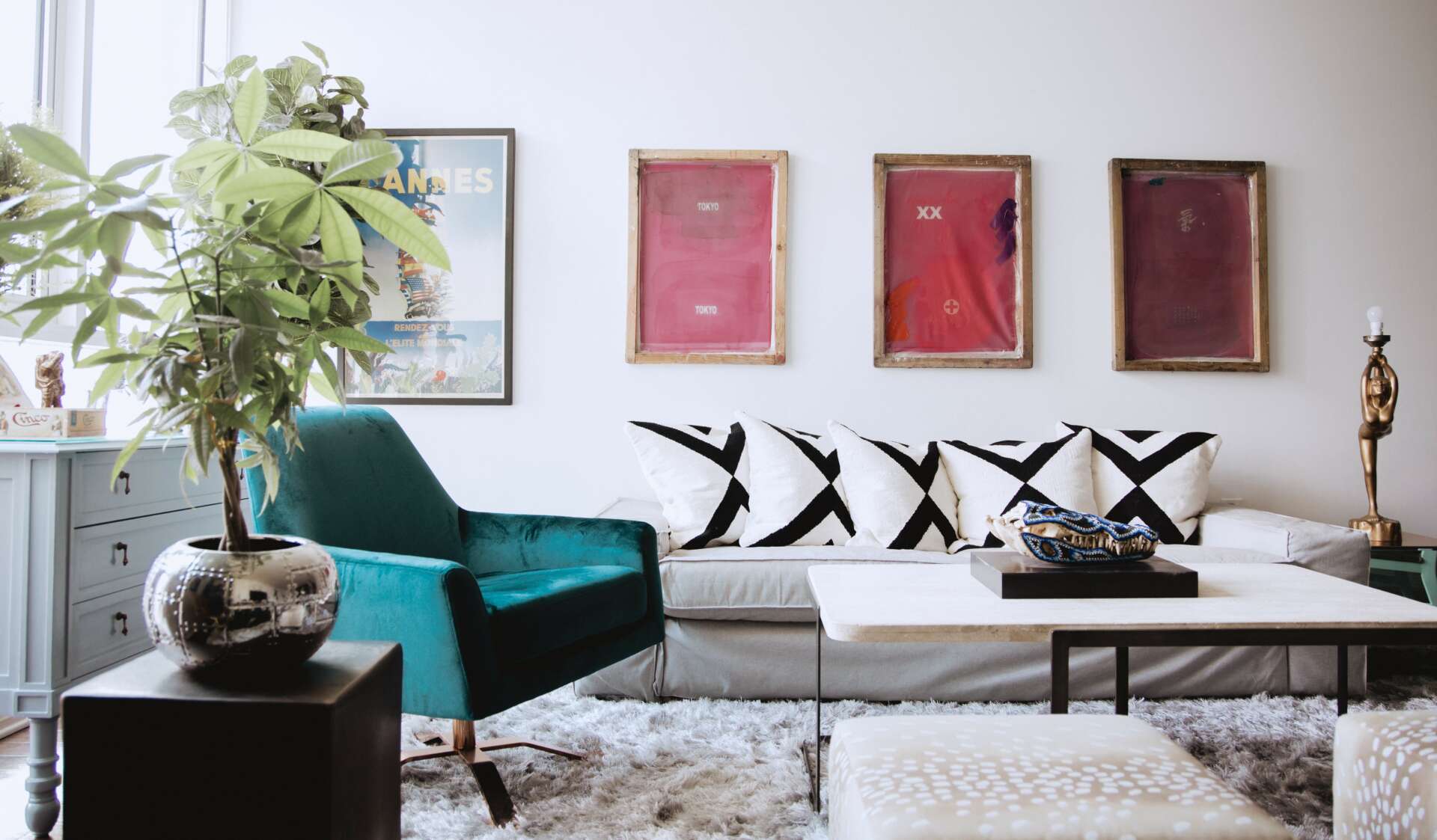
Vik, love having you share your insights with us. Before we ask you more questions, maybe you can take a moment to introduce yourself to our readers who might have missed our earlier conversations?
My design business – Vik Milan Interiors – specializes in creating eclectic, one-of-a-kind interiors for clients to feel like their best self. I combine vintage and contemporary pieces with an eye towards fine art and artisanal goods to create cohesive, personal, and functional environments.
I’m originally from Pittsburgh, PA, and was lucky enough to live in many international design hubs including Paris, Shanghai, Mexico City, Buenos Aires, and Madrid, all of which influence my globally-inspired work.
I began my career in global supply chain before pivoting to interior design and fine art consulting. After getting my MBA in Luxury Brand Management from IFA Paris, I completed a graduate certificate in Interior Design from the New York Institute of Art & Design. I’ve had the opportunity to design residential interiors in the United States, Latin America and Asia, and look forward to taking on new challenges in the coming year.

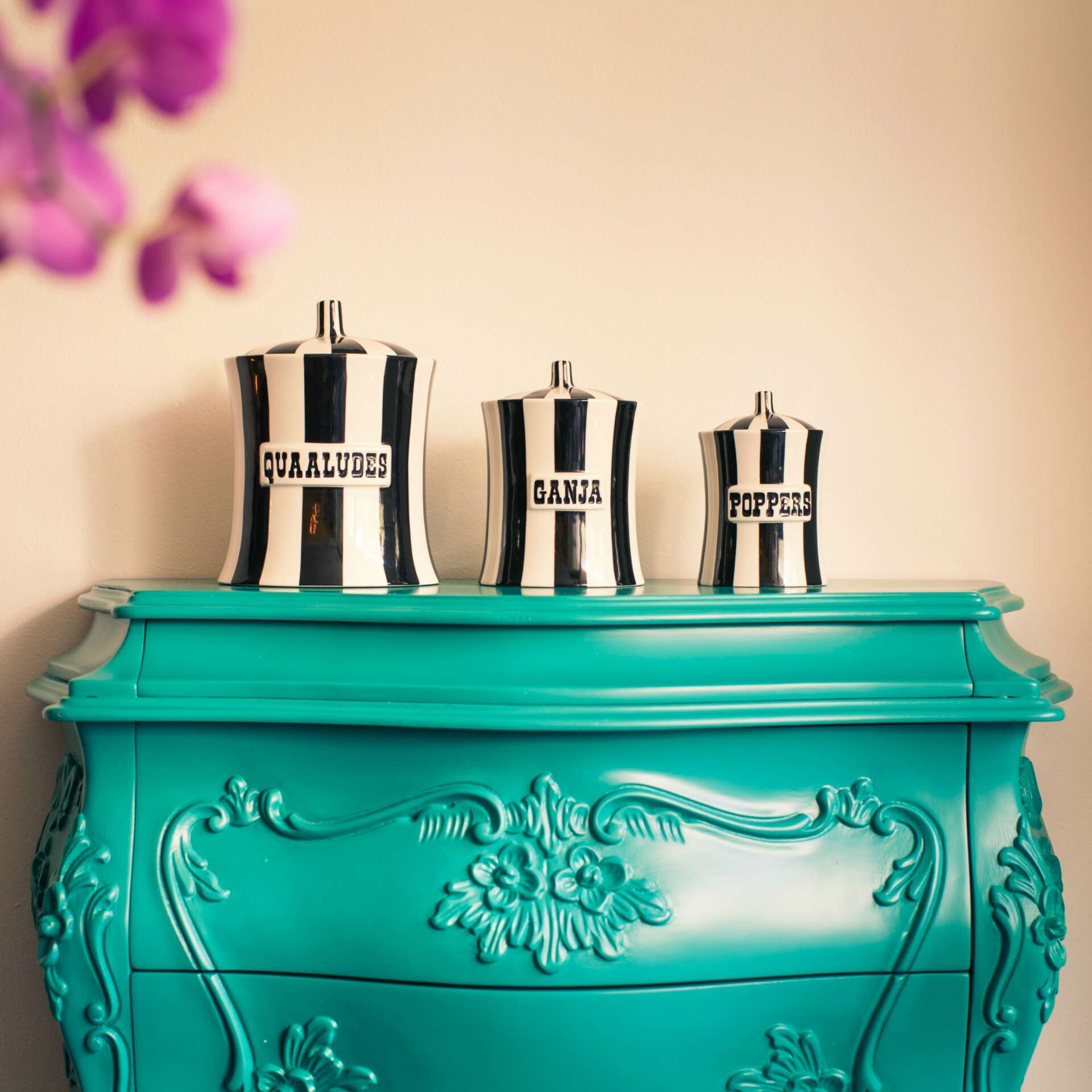
Any stories or insights that might help us understand how you’ve built such a strong reputation?
One thing I’ve learned about interior design is that the end product is almost less important than the experience you deliver to a client throughout the process of executing a project. Interior design involves significant investment from a client, and they want to be sure their money is being spent well and that they’re being kept in the loop without having to wade through too much detail or noise. Afterall, that’s what they’re paying me for!
Focusing on delivering a best-in-class, professional process to interior design projects from start to finish has helped me satisfy many clients and turn them into lifelong partners in design.
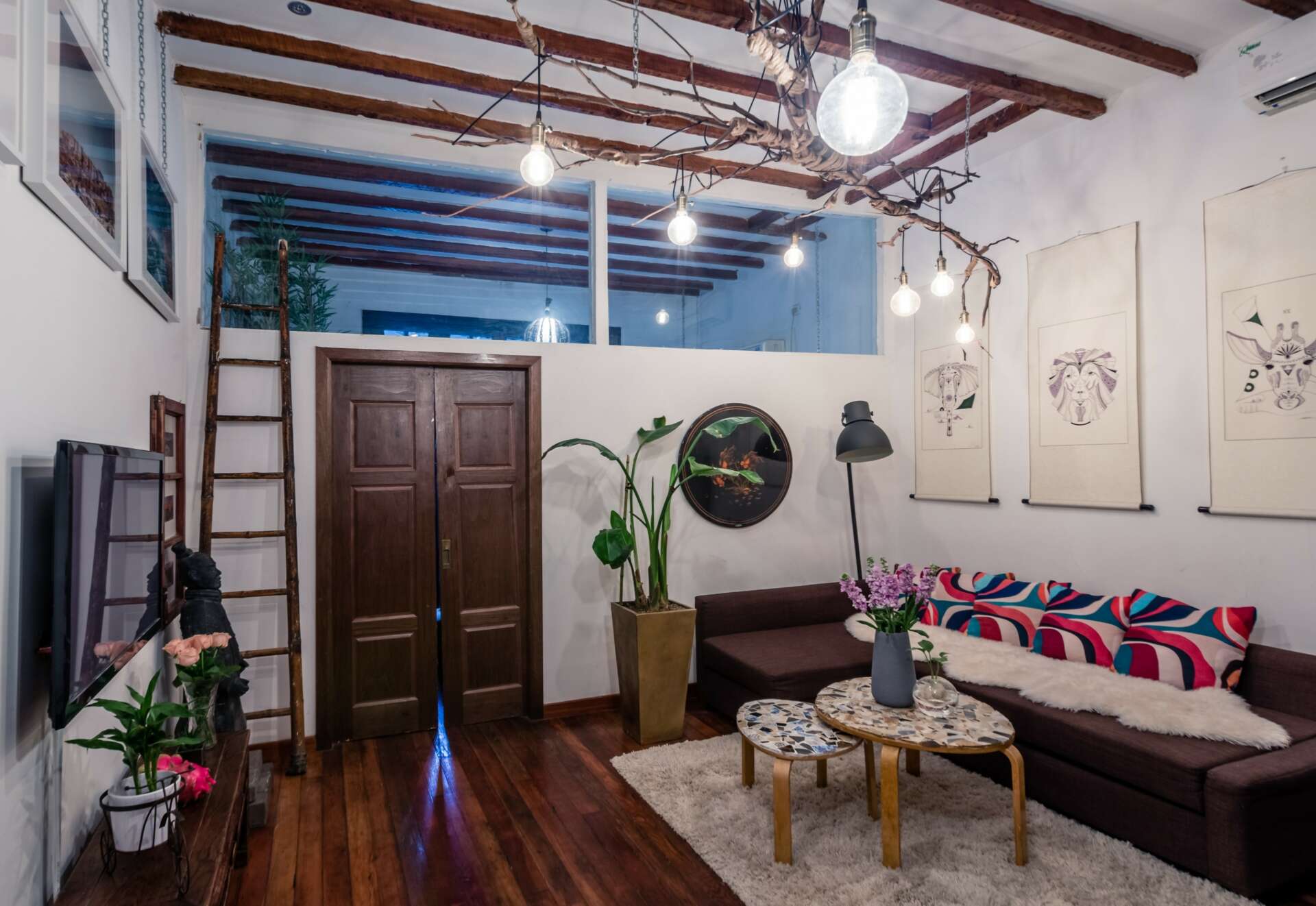

What’s been the best source of new clients for you?
To-date I’ve relied on word of mouth. I enjoy having a personal connection to my clients, which I feel is integral to producing high-quality residential interiors. However, as I seek to scale my business, I need to invest in additional marketing and demand generation in the new year.
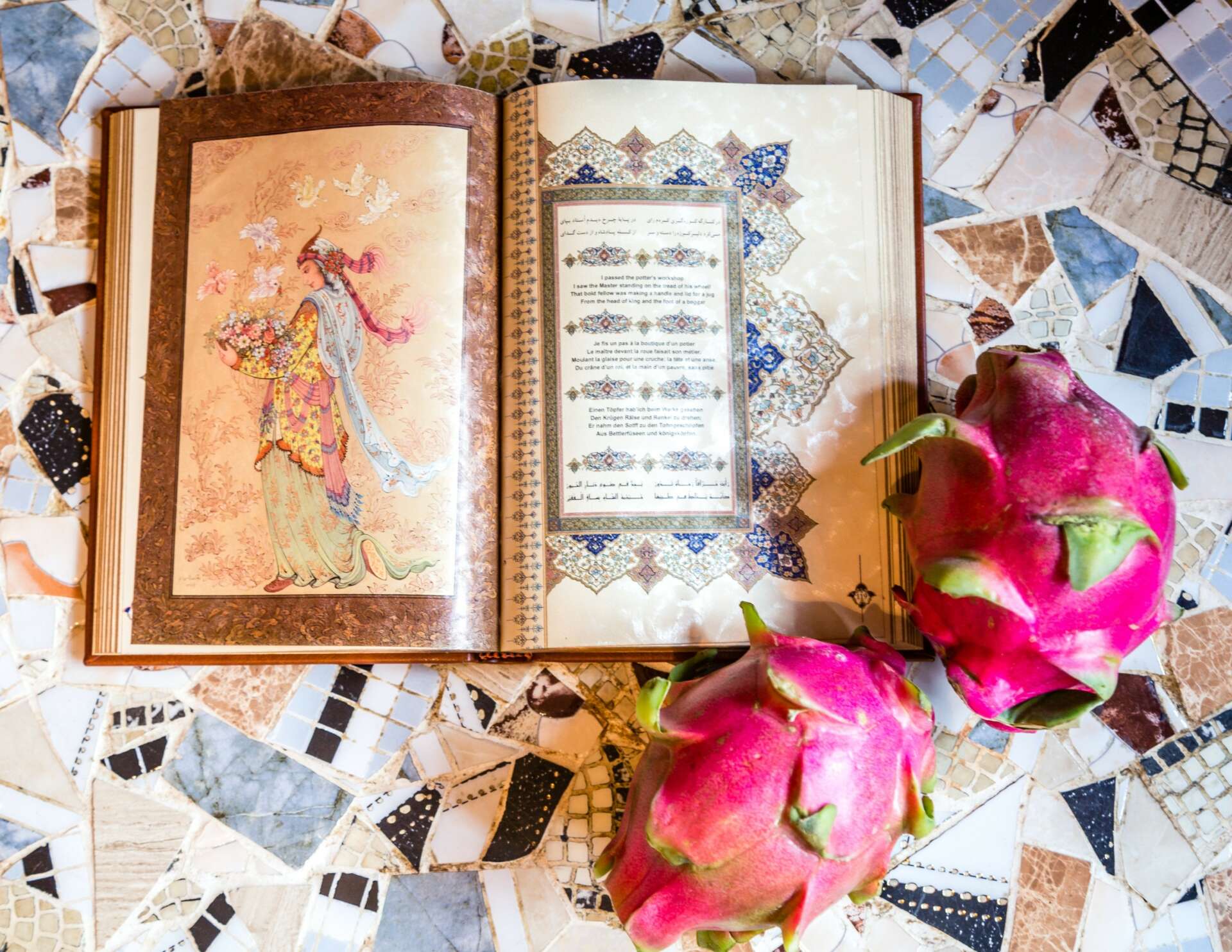
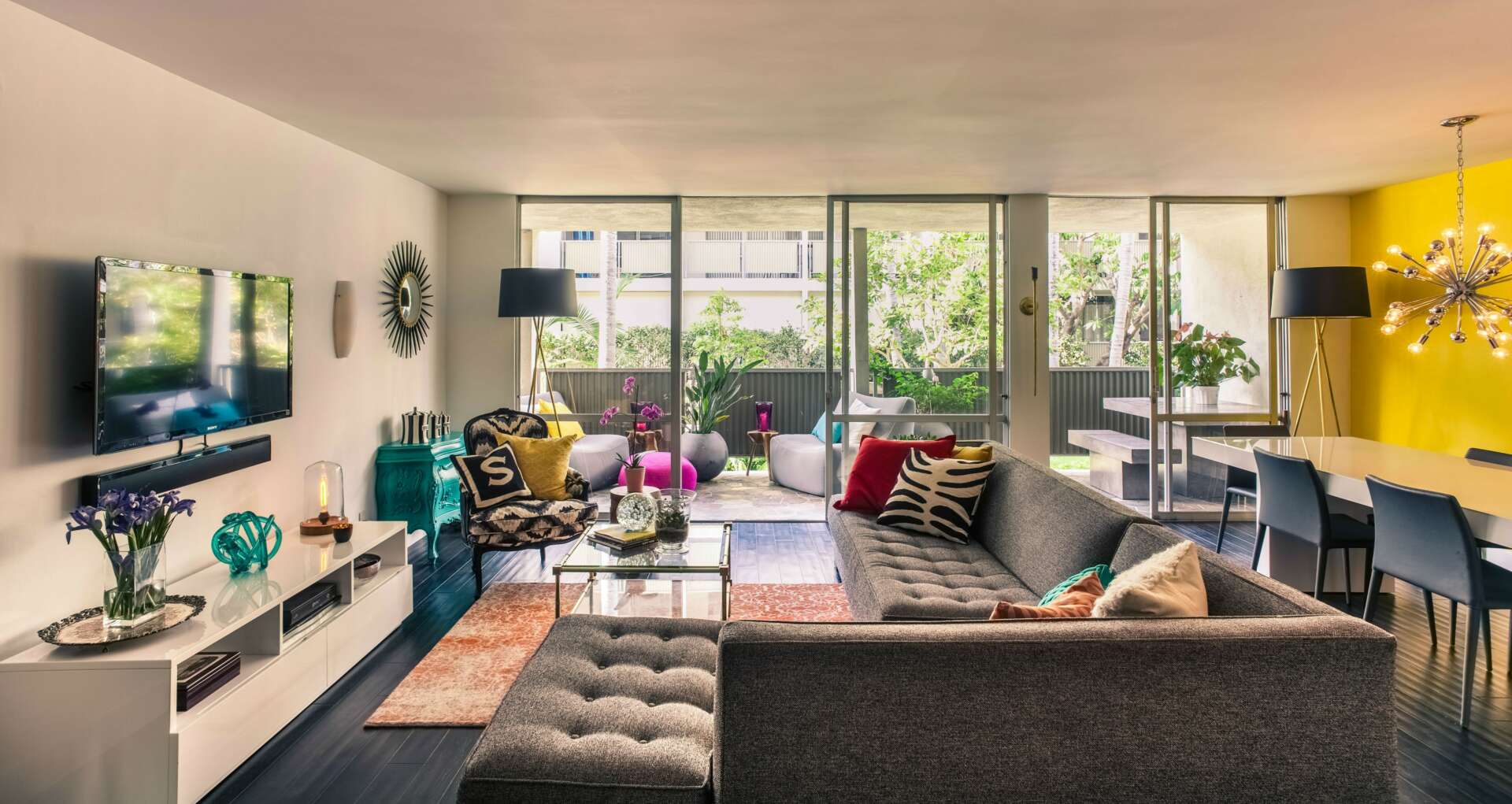
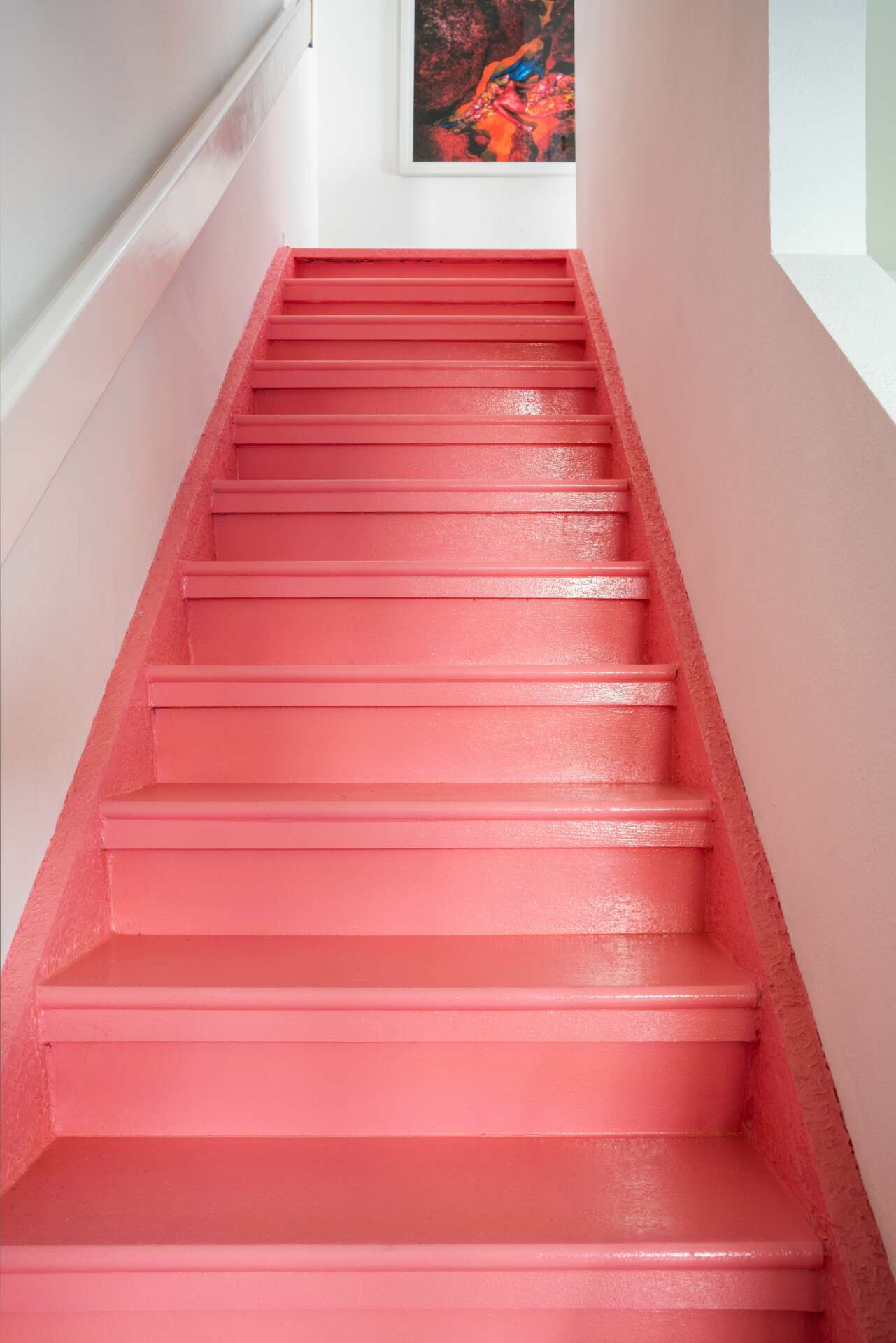
Contact Info:
- Website: www.vikmilaninteriors.com
- Instagram: @vikmilan
Image Credits
Gavin Cater Alexandra Farias


